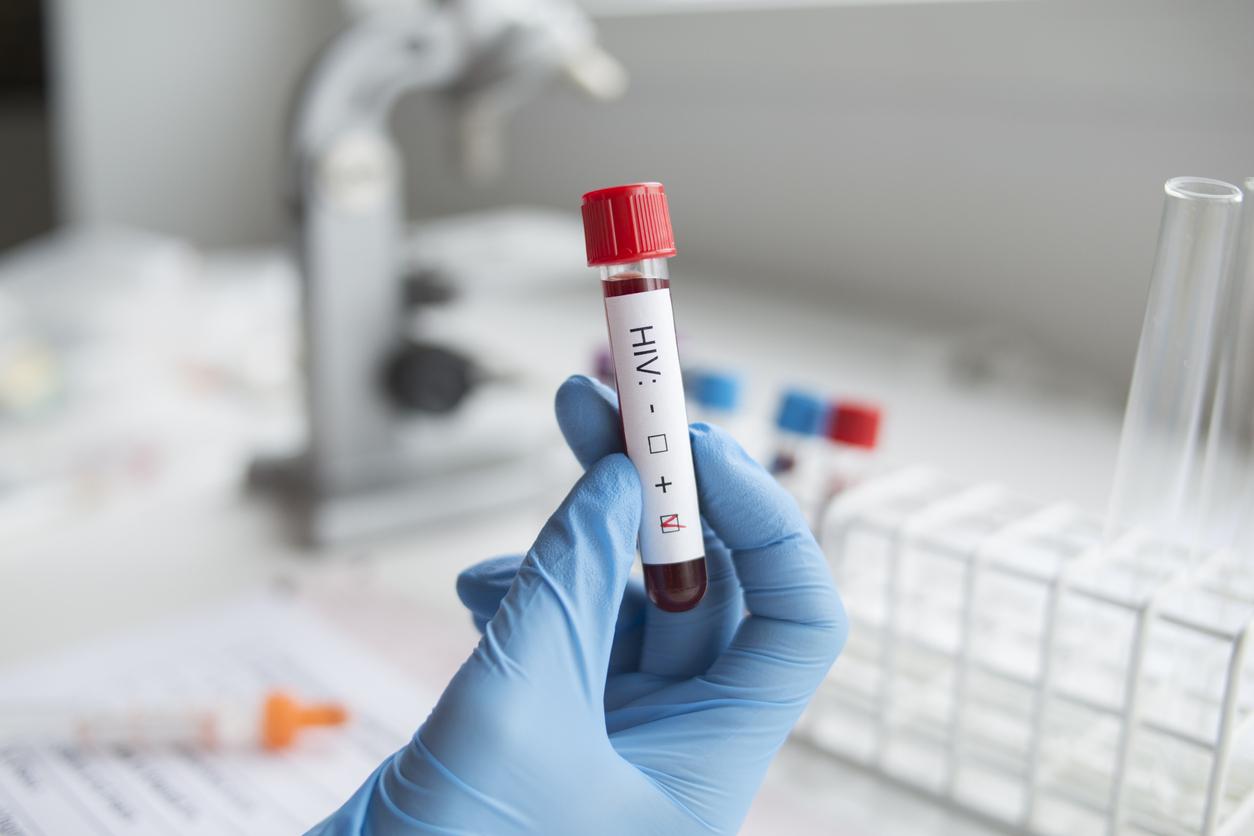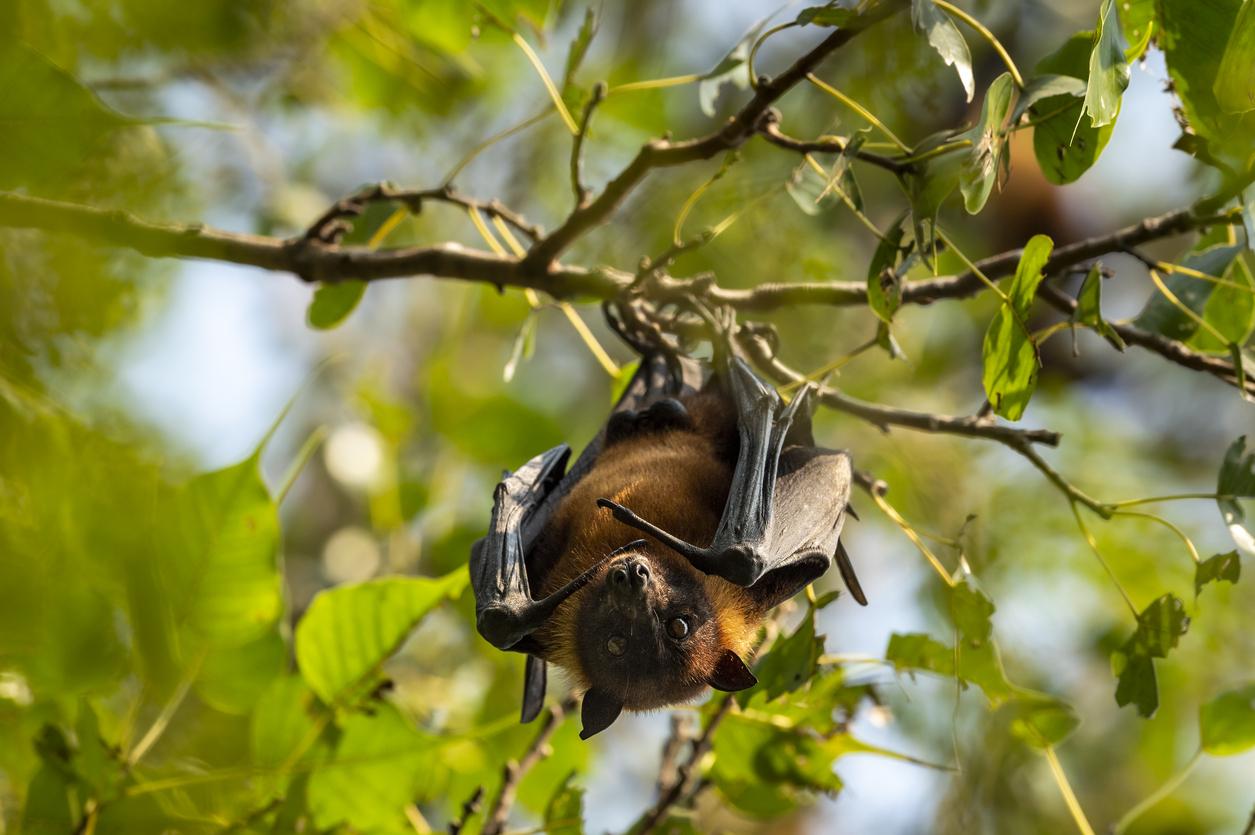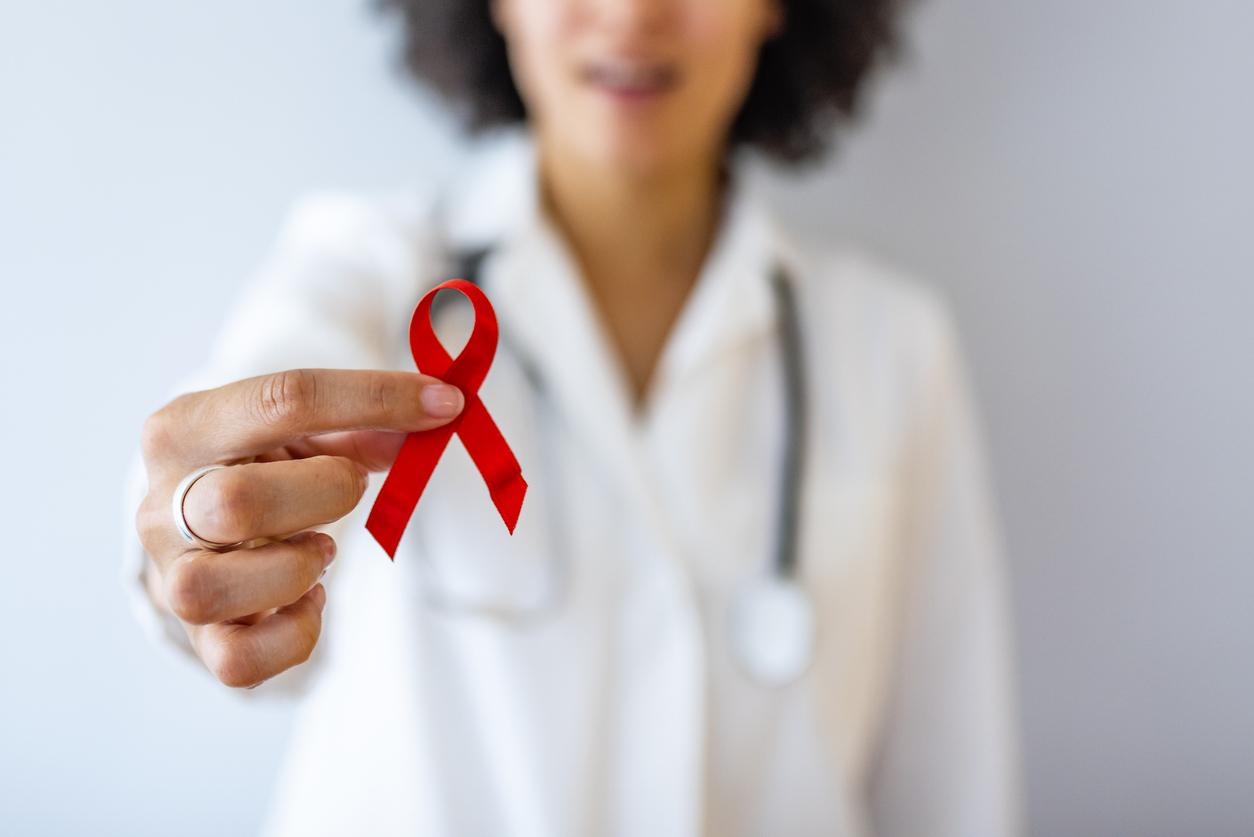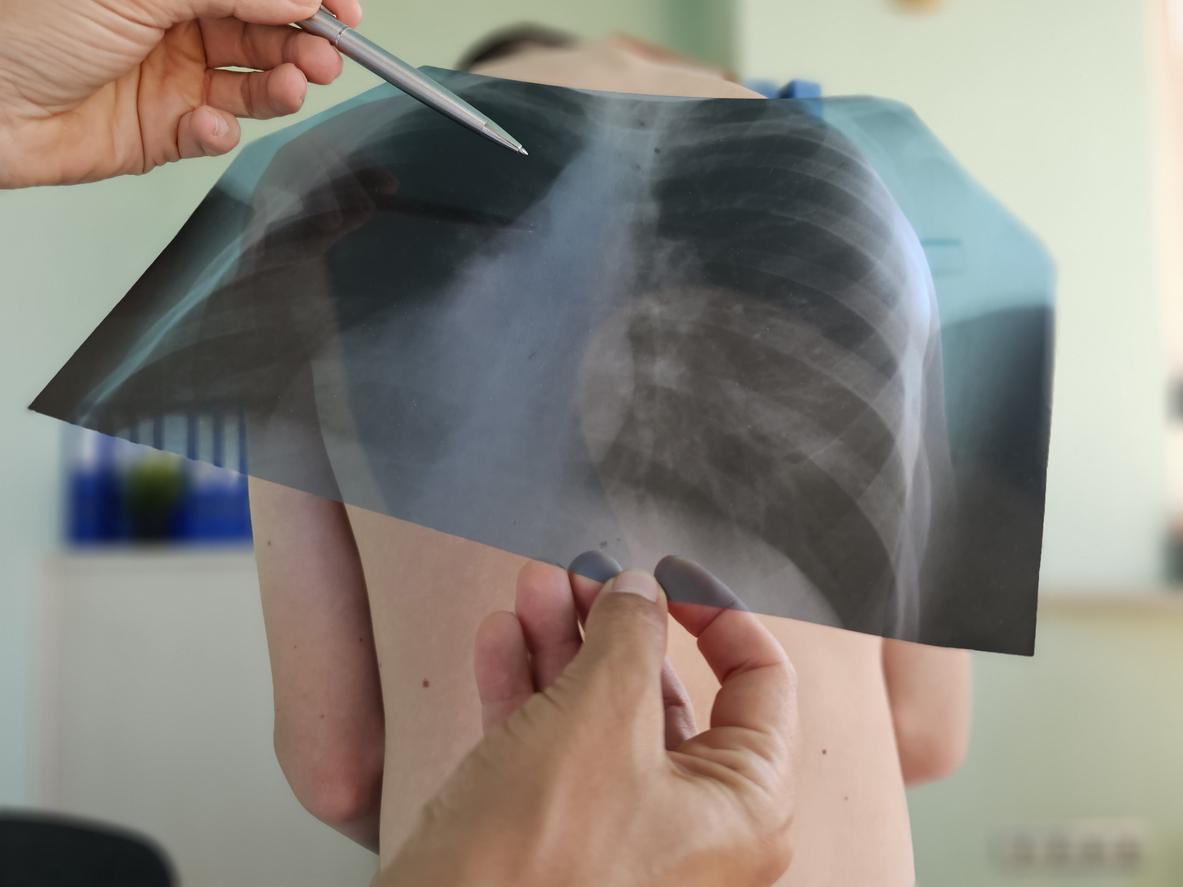In the United States, bats now pose a much higher risk of rabies than dogs. Between 1960 and 2018, 70% of fatal cases in humans were caused by these animals.

Each year around the world, 59,000 people die of rabies. Among the reported cases, two are recorded in the United States and most often linked to bats. Indeed, according to a study conducted by the Centers for Disease Control and Prevention (CDC)70% of fatal cases between 1960 and 2018 were induced by these animals, far ahead of dogs.
Widespread vaccination of animals
Indeed, while companion dogs represented a significant risk of rabies in the past, this is no longer the case. No doubt due to the widespread vaccination of animals and post-exposure prophylaxis (PEP), thanks to which the virus cannot enter the central nervous system. “Reducing rabies in dogs is a great achievement for US health officials, but as this deadly disease continues to be present in thousands of wild animals, it’s important that Americans are aware of the risk,” said Dr. Robert Redfield. , director of the CDC, in a press release.
However, “bats play an essential role in our ecosystem and it is important for people to know that most bats in the United States do not carry rabies,” moderates Emily Pieracci, lead author of the report. . “The problem is when people try to touch bats they think are healthy, because it’s impossible to distinguish a rabid animal at a glance. It’s best to avoid contact with bats. bats and other wild animals,” she explains.
Once rage is declared, “the outcome is always fatal”
Rabies most often occurs after the bite of an infected animal, by scratching or licking on the excoriated skin or on a mucous membrane, explains the Institut Pasteur website, which reminds us that contamination between humans is very rare. If not treated immediately, after a few days or months of incubation, the patient will begin to have difficulty swallowing (dysphagia) and will develop neuropsychiatric disorders such as anxiety or agitation. Then, a few hours or a few days after the appearance of the first symptoms, he will fall into a coma and most often die of respiratory arrest. Because “the outcome is always fatal when the disease is declared”, notes the Institut Pasteur.
While a few cases are sometimes diagnosed in developed countries, the disease is most prevalent in Asia and Africa (99% of deaths occur on these continents). Also, avoid contact with stray animals as much as possible when traveling in endemic areas. Before a trip to the other side of the world, most doctors also recommend preventive treatment against rabies. The latter is based on a vaccination consisting of three injections separated by several days. They can be carried out by a treating doctor, vaccination or in a rabies center (there are 90 in France) and should then be followed by reminders at one year and then every 5 years.
Preventive treatment does not save you from rabies but allows more time to get to the hospital after the bite, which, when traveling, is a significant advantage. In addition, if you have already been treated in France, the protocol after exposure to the virus will be simplified: you will receive two doses of vaccine as a booster. These will be administered the same day and then three days later. You will also not have to resort to immunoglobulins, which are not always available or of good quality abroad and most often very expensive.

.















